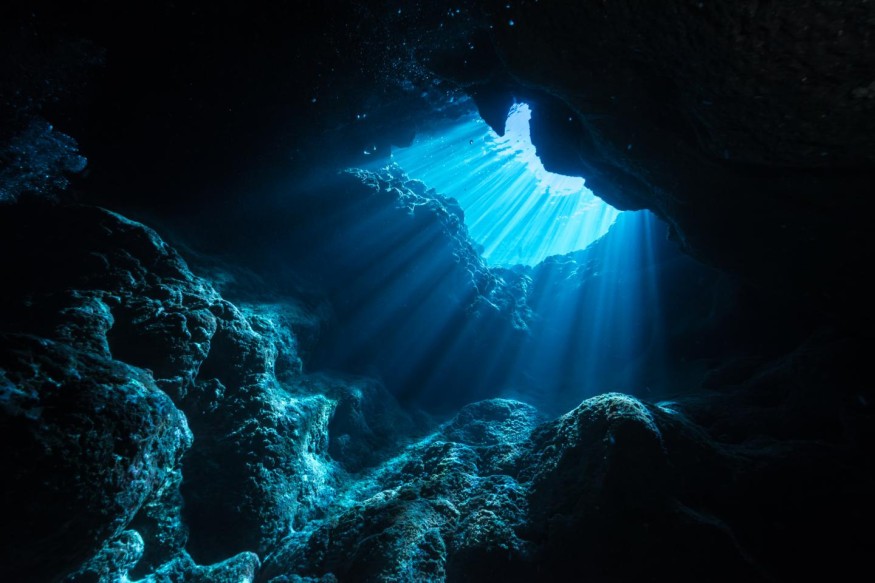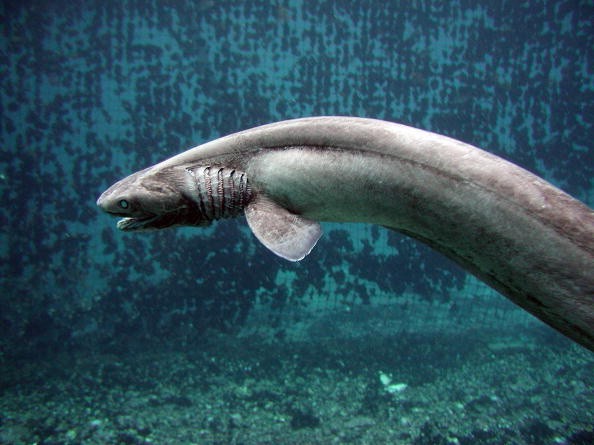At the ocean's bottom, scientists discover 30 possible new species. Scientists at the Natural History Museum are working to solve riddles of the deep sea, but some worry that their work may upset the variety of the depths.

Scientists have discovered more than 30 possibly brand-new species at the ocean's depths.
Studying the Depths
The central Pacific's abyssal plains of the Clarion-Clipperton Zone were the site of specimen collection by researchers from the UK's Natural History Museum using a remotely controlled vehicle. The only way to study the critters from this region before was through pictures.
Underwater Creatures
Larger animals in the abyss have a high species variety, according to the study published in the journal Zookeys. 48 of the 55 retrieved specimens belonged to distinct species.
Segmented worms, invertebrates from the same family as centipedes, marine creatures from the same family as jellyfish, and several varieties of coral are among the discovered creatures.
Thirty-six specimens were discovered in depths of over 4,800 meters, two were located at 4,125 meters on a seamount slope, and 17 were discovered at depths between 3,095 and 3,562 meters.
Importance o the Discovery

The discoveries may have significant ramifications for deep-sea mining as people become more interested in mining for minerals from the seabed, and it appears that this activity may disrupt a variety of organisms.
The study's primary author is Dr. Guadalupe Bribiesca-Contreras of the Natural History Museum. She stated: "This Discovery is crucial since these megafauna specimens have only ever been researched via photographs taken from the bottom. We cannot correctly identify the creatures or comprehend how many distinct species there are without the specimens and the DNA information they contain.
According to Dr. Adrian Glover, who heads the Natural History Museum's deep-sea research team, we know that millimeter-sized organisms termed macrofauna are extraordinarily biodiverse in the abyss. However, because so few samples have been obtained, we don't learn very much about the bigger species or megafauna. This study is the first to make the case that diversity within these groups may also be great.
How many species live in the ocean?
It is unclear how many species exist in the ocean. It is hard to determine the precise number of species that live in the ocean due to its enormous vastness. However, research indicates that the ocean's biological diversity is declining. The ability of species to develop to withstand the conditions of our fast-changing world is probably being surpassed by the ongoing loss in the health of many ecosystems and growing extinction rates. But there is some good news as well. Researchers worldwide are still learning more about marine habitats and life to help create fresh approaches to protecting important ocean ecosystems.
According to scientists, 91 percent of ocean species have not yet been categorized, and more than 80 percent of the ocean has not yet been surveyed, seen, or explored. These numbers may seem alarming, but they haven't deterred the world's scientists from working on learning as much as they can about marine life.
For similar news, don't forget to follow Nature World News!
© 2025 NatureWorldNews.com All rights reserved. Do not reproduce without permission.





